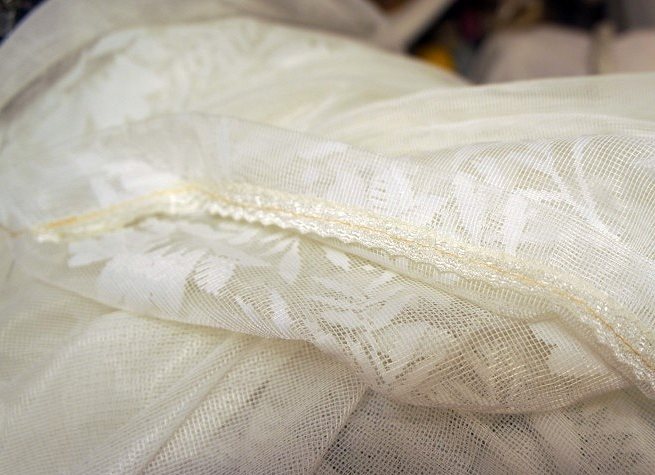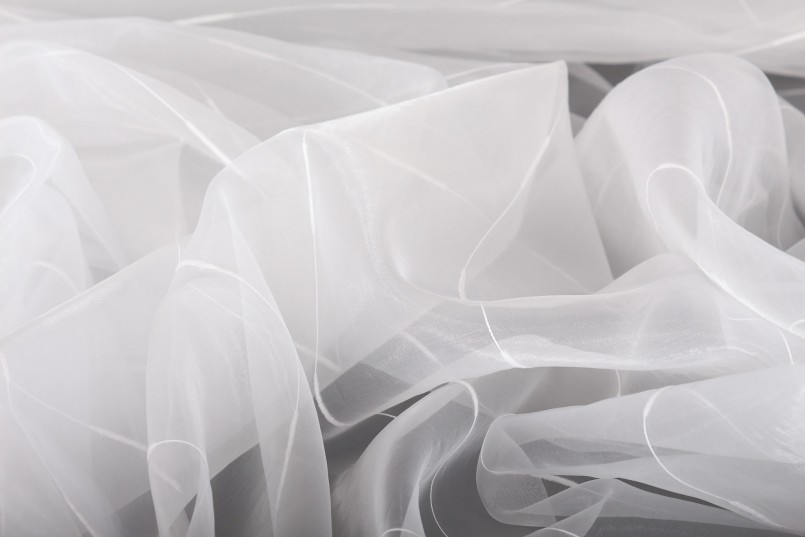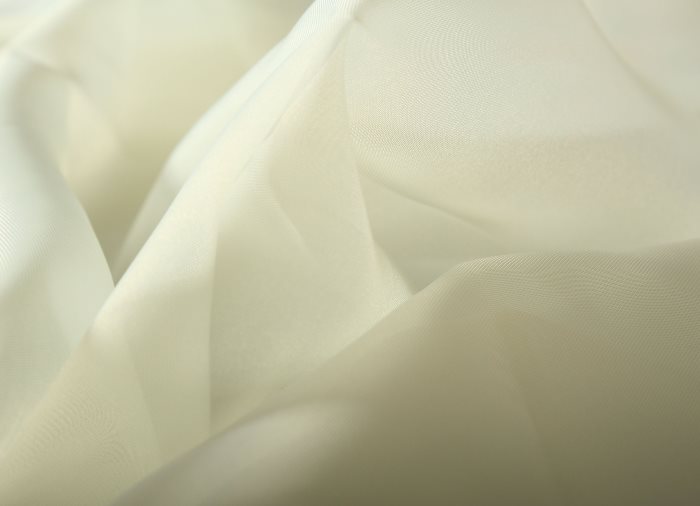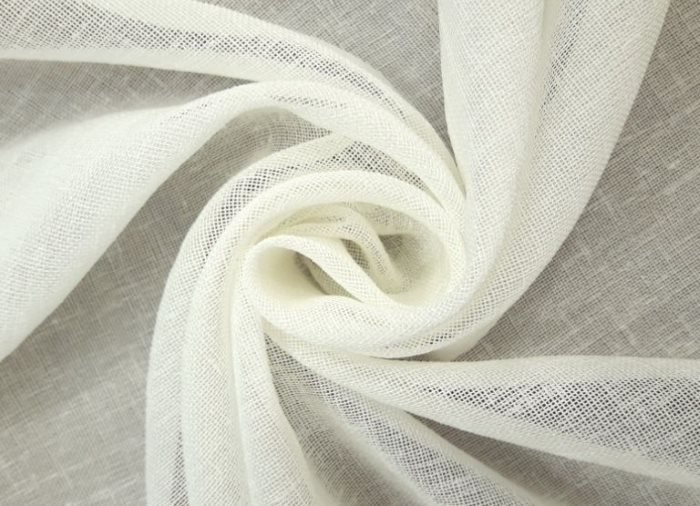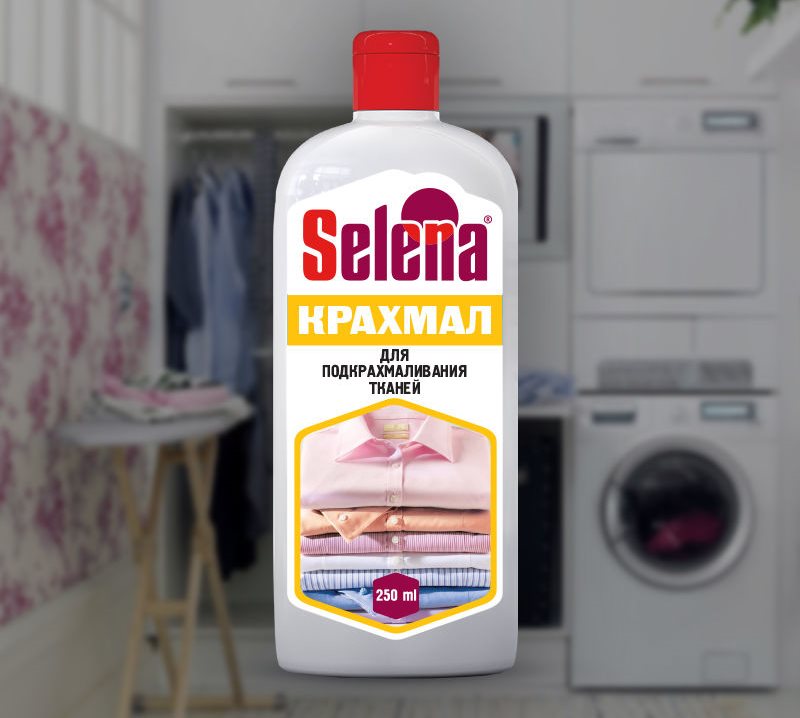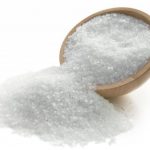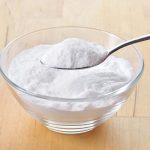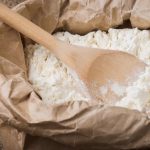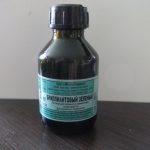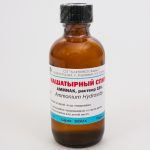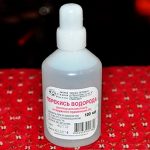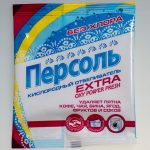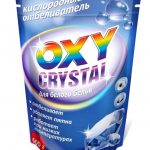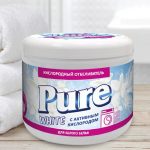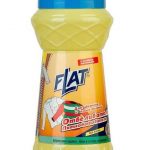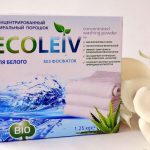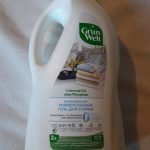Light, transparent curtains on the window can enliven and decorate any interior. As a rule, tulle is chosen in white so that it harmonizes with thick curtains, does not distract attention and creates a feeling of spaciousness and air in the room. Over time, white fabric turns gray, and from washing it can acquire a yellowish tint. Tulle in the kitchen can be spoiled by annoying stains. It is not possible to return the curtains to their original whiteness during normal washing; bleaching is required. This process is not difficult, but it is important to choose methods that do not damage the textiles, are optimal in terms of time costs, and are accessible in technology and cost.
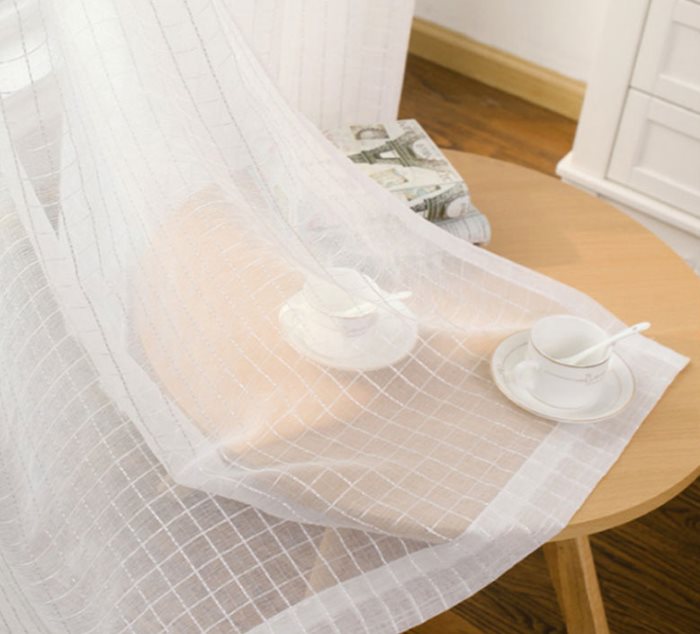
Content
Types of tulle, care features
Care for tulle curtains depends on the quality of the material and differs in the choice of products and technologies used. Transparent curtains are made from several types of materials:
- Nylon. Bleaching should be gentle, it is allowed to use only those products that are indicated on the label by the manufacturer. It is allowed to use such products that do not require boiling, you can use improvised substances - starch, salt, brilliant green, potassium permanganate.
Nylon has a low melting point, so the curtain may warp in hot water. - Organza. A thin material that requires careful handling. It cannot be boiled or washed in hot water, but organza absorbs dust and becomes gray over time. Salt, ammonia with hydrogen peroxide, and brilliant green are used for bleaching.
Organza tulle can only be washed in warm water. - Veil. This fabric cannot be bleached with chemical bleaches or household chemicals. Starch or ammonia help well when washing.
The veil is easily damaged, it is not recommended to wring out this fabric. - Linen. Durable and long-lasting linen textiles can be boiled, but you need to remember about the shrinkage of natural fabrics. Before sewing, the fabric should be shrunk. You can use household bleaches, but with caution. Ammonia bleaches well.
Linen fabric is a natural material that wrinkles easily and is difficult to iron, so it is better to use a steamer. - Cotton woven fabric. Easy to wash, bleached with household chemicals and many folk remedies, starch is especially suitable. Do not squeeze or twist too much, as this may shift the interweaving of the threads.
Cotton and linen can be starched, synthetic fabrics and silk are not treated with starch solution.
How to bleach tulle at home
For home bleaching of tulle, everything you need can be found in the medicine cabinet and kitchen cabinet. Old folk methods work more gently than modern household chemicals, so for thin fabrics, regular powder, laundry soap and warm water are well suited. Some curtains can be washed in a machine, for especially thin textiles, only hand washing and rinsing are suitable.
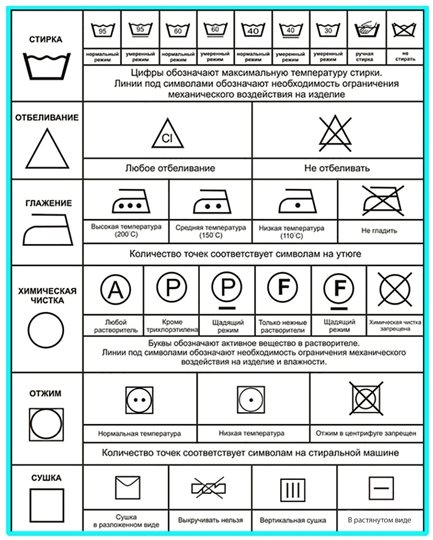
Fabric bleaching agents for greying fabrics
Home remedies for whitening can be used one at a time or in sequence. Old recipes recommend the following options:
- table salt;
- soda;
- starch;
- brilliant green;
- ammonia;
- hydrogen peroxide.
Important! The traditional method - boiling - is not suitable for delicate fabrics. In some cases, curtains can be boiled, but only if the label does not indicate "boiling is prohibited" and there is no temperature limit.
Tips on how to bleach tulle almost never recommend using bleach. If white curtains have acquired a gray tint over time, some housewives try soaking them in a solution of chlorine or household bleach. The effect may be unexpected - the fibers are burned by the acid and the fabric turns yellow.
Using salt and soda to bleach tulle
Tulle is bleached with household products in a large basin. To give the curtains a snow-white color, take 3-5 tablespoons of salt. Coarse table salt, not iodized, works well. Any powder without additional effects is suitable for washing (one measuring cup). Salt and powder are mixed and dissolved in warm water (5-6 l).
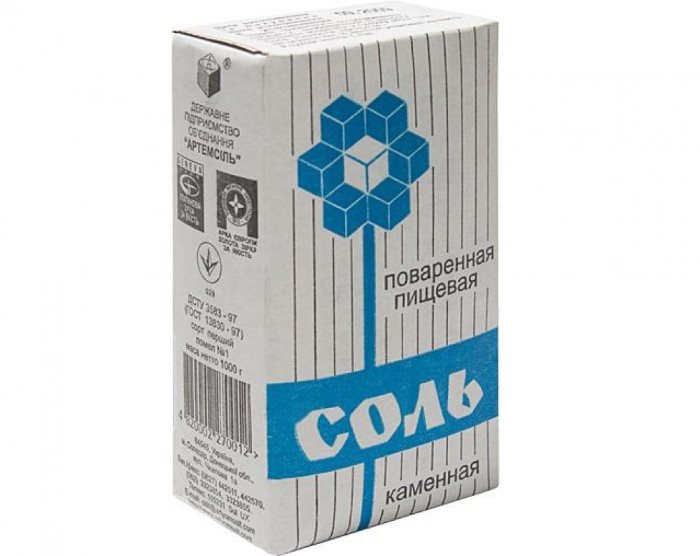
The curtains are immersed in the resulting composition for 3-4 hours. If the contamination is very strong (for example, along the bottom of the curtains or along the window sill), then the curtain can be soaked overnight.
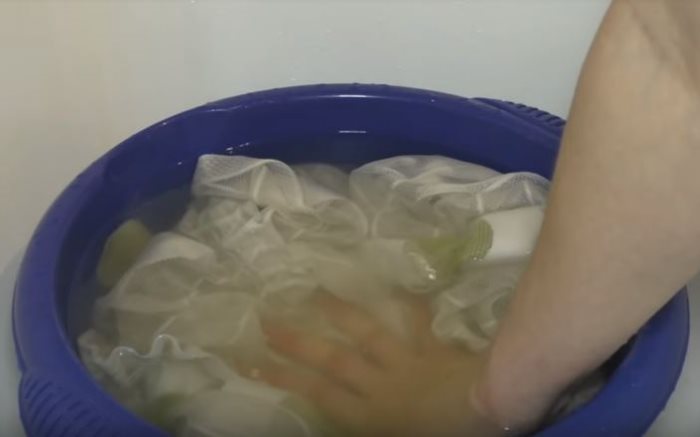
The material is then washed and rinsed in clean water and then again in a saline solution.
Bleaching soda is used in a similar way. Prepare a mixture of powder (approximately 50 g) and 1 tablespoon of soda per 5 liters of water. Stir until completely dissolved, soak the fabric for 20, maximum 30 minutes. Then wash in the usual way and hang to dry.
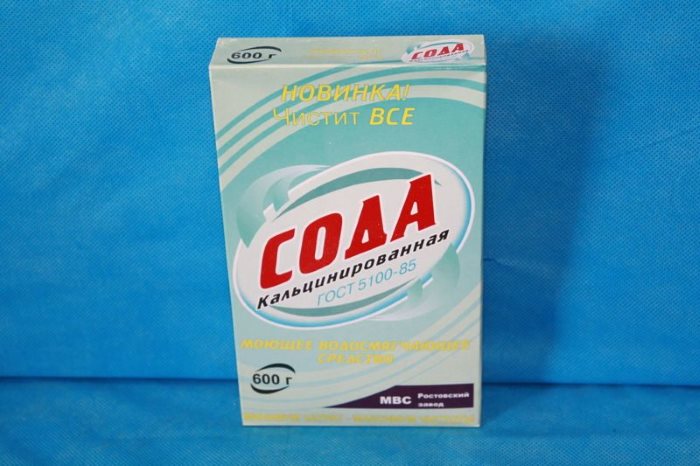
The advantage of these methods is that they are very low-cost. All the necessary ingredients can always be found at home, and you don’t need to buy them specially. None of the elements cause allergies. The disadvantage of the method is the duration of soaking.
Bleaching tulle with brilliant green
An original but effective method is to whiten textiles with brilliant green. Old books on housekeeping give instructions on how to bleach tulle at home, using only 5-10 drops of this product per 5-6 liters of water. This method is not suitable for curtains made of dyed organza, as they may change color or become stained. Curtains must be washed before bleaching.
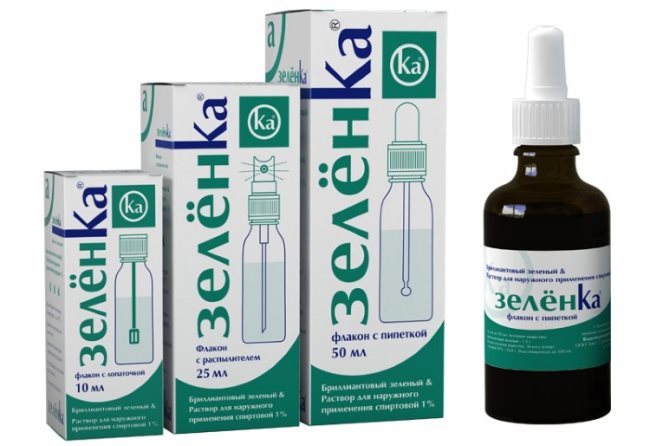
First, stir the green stuff in a glass of water, and only after there is no sediment left is the mixture poured into a prepared basin for washing. To be sure that there are no green stains left on the white, the liquid can be filtered. Wait a few minutes for the green stuff to completely dissolve. Do not wash the tulle in this water, but rinse it after washing for 5 minutes.
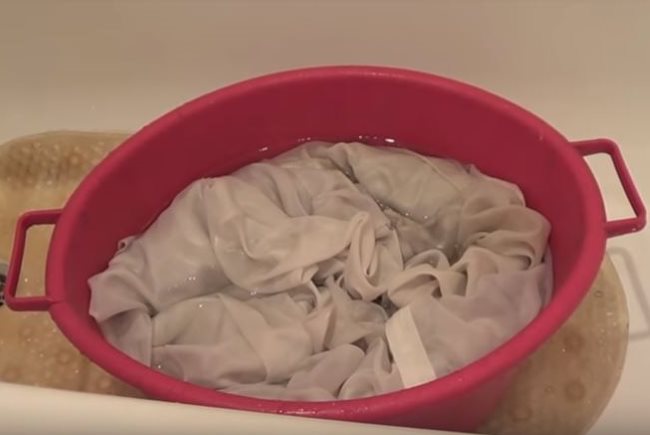
The advantage of this method is its availability, lack of unnecessary expenses, and speed of execution. The disadvantage is that the green stuff must be mixed very thoroughly so that there are no colored streaks left on the white.
Using Hydrogen Peroxide
You can whiten tulle with hydrogen peroxide by simply adding 1-3 hydrogen peroxide tablets to a washing basin along with powder (5-7 l of water, 50 g of powder). It is important to thoroughly dissolve the solid pills before placing the curtains in the basin and starting washing. This advice on how to make tulle truly snow-white is not suitable for thin and delicate veils.
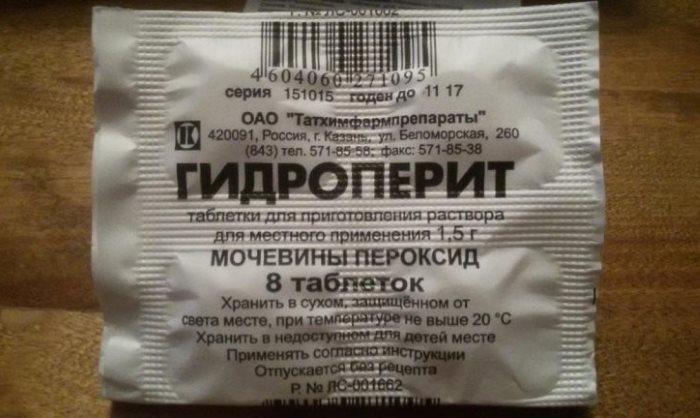
A more reliable method involves using hydrogen peroxide in a solution with ammonia. You need regular pharmacy ammonia and 3% peroxide in a dark bottle. Make the water for washing at 60 degrees, add a bleaching mixture. The ratio of ammonia and peroxide is 1: 2-3. Measure the amount of the substance with a tablespoon. Mix thoroughly, then immerse the curtains in water for 30 minutes. Before hanging to dry, the fabric must be thoroughly rinsed in clean water.
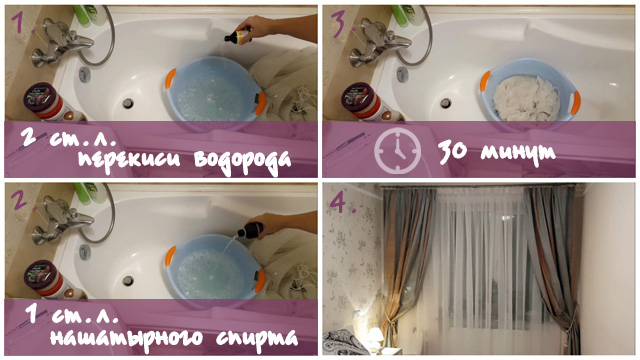
The advantage of this method is the excellent bleaching result for the most modest money. The whole process will take very little time. The disadvantage is that this method can only bleach natural materials, it is not suitable for organza and nylon.
Means for soaking tulle
It is not always possible to wash the curtains immediately in half an hour, sometimes it takes a whole day or night. Let's consider bleaching tulle at home the best way for soaking.
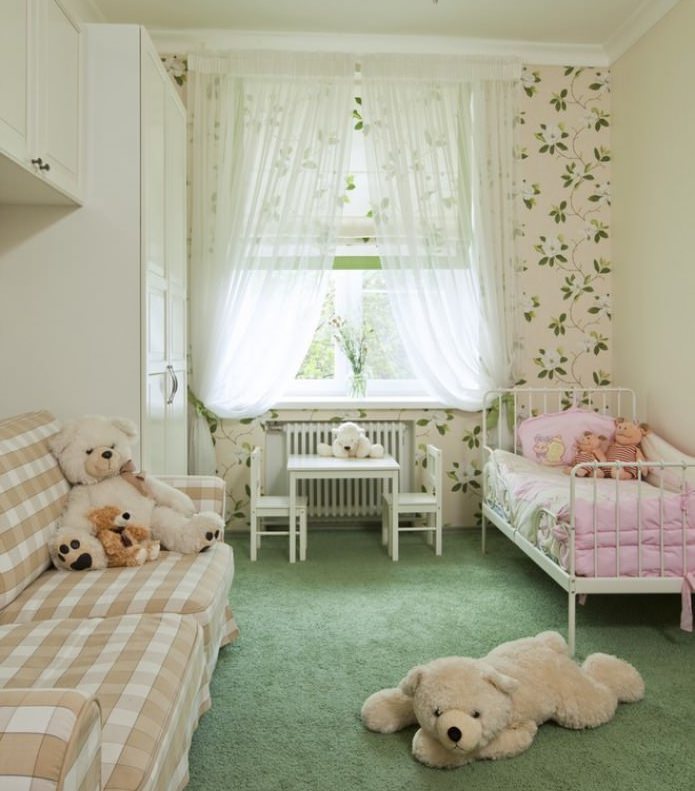
The most effective bleaching agents are not always safe for fabric:
- whiteness (not recommended);
- special powder (may not work without additional soaking);
- laundry soap;
- salt and soda.
In order to soak the curtain material with laundry soap, it is first grated. This way it will quickly dissolve in water, making a soap solution from a whole bar is difficult. The mixture of soap and water is brought to a boil in a steel basin on the stove (2-3 spoons of grated soap per 5-7 liters of water). Let the solution cool and soak the curtains for 8-12 hours.
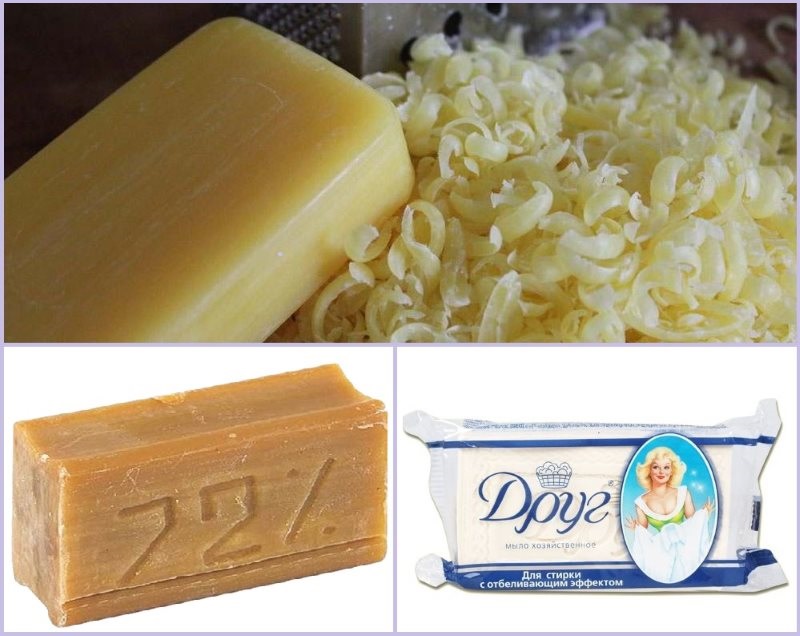
Soaking in a solution of brilliant green and salt gives a good effect. You will need 5-10 drops of brilliant green and 2 spoons of salt. First, all the substances are thoroughly mixed with water in a glass, then a solution for soaking is made in a basin. This is an express method - it is enough to place the tulle in a basin for only 5 minutes.
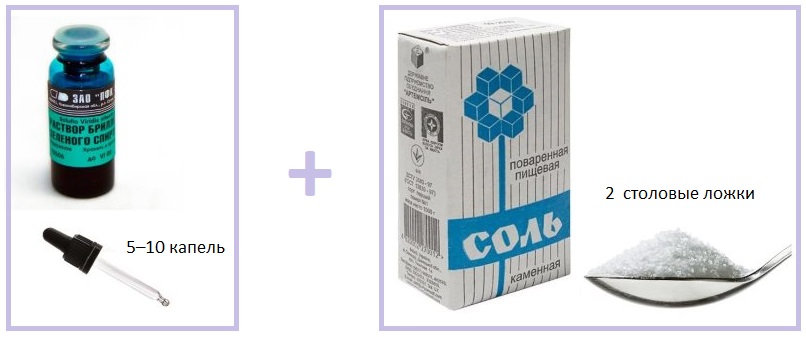
After washing, to make the curtains whiter, it used to be customary to soak them in sour milk. Only a natural product, not powder, is suitable. A pack of sour milk is diluted in a basin of water, the curtains are soaked for a day, then thoroughly rinsed with fabric softener to remove the smell of sour milk.
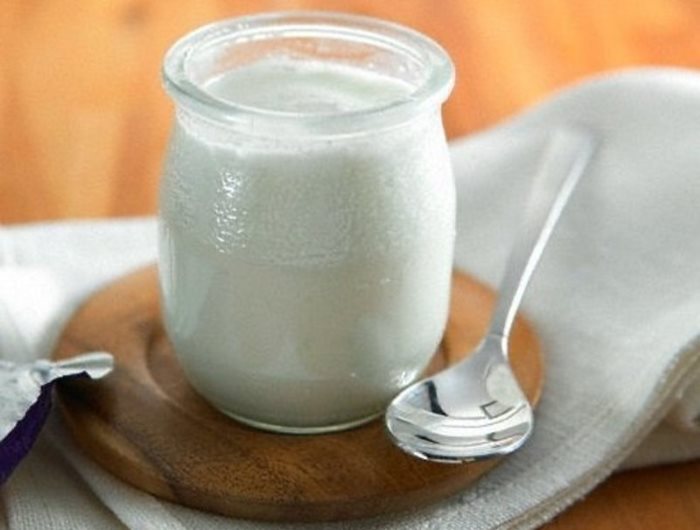
Natural fabrics for bleaching are soaked in starch. Take 1 cup of starch per basin of water (5-6 l), dilute it in cold water (in hot water it will boil and become jelly). Soak the tulle for several minutes. This method helps to get rid of yellowness.
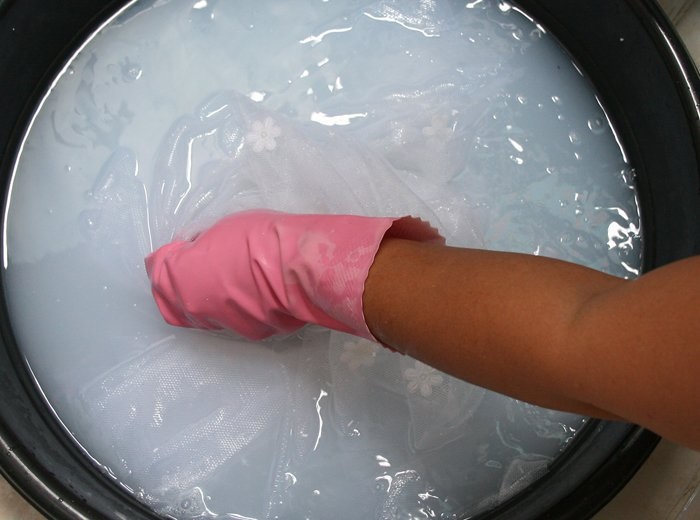
For nylon curtains, bleaching is done in a solution of potassium permanganate. Potassium permanganate (half a teaspoon maximum, less is possible) is diluted in a glass of hot water. The solution is added to soapy water (or mixed with powder - half a glass) and the nylon is soaked in it for 10 minutes. Then rinse thoroughly and can be dried.
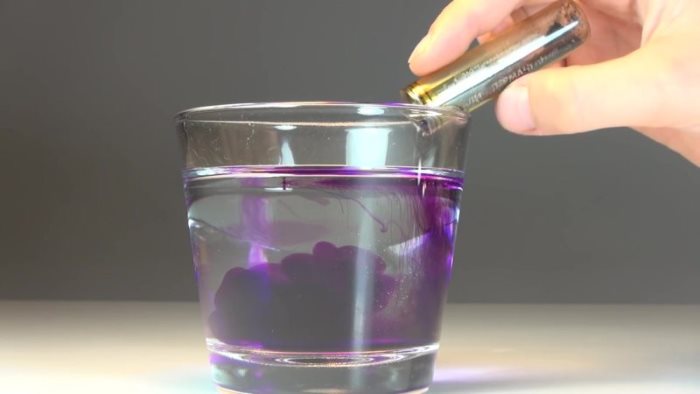
Our grandmothers came up with a quick way to remove gray and yellow color from nylon using aspirin. Take 4 tablets per 5 liters of heated water. Soak the tulle, then wash, rinse and hang out to dry in a straightened form. Only regular aspirin in tablets is suitable, not powders with different flavors.
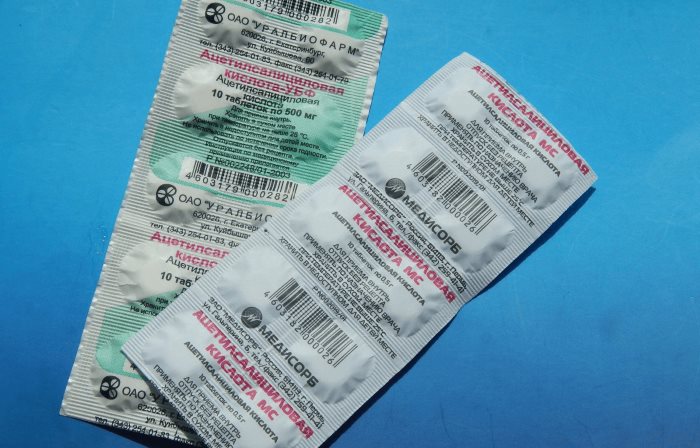
Effective bleaching in the washing machine
Tulle is a large curtain that is usually hung from the ceiling to the floor. It is difficult to wash so much fabric by hand in a basin and not every basin will fit it. It is much more convenient to send it to the washing machine if the composition of the material allows it. With this method of washing, bleaching is never done with chlorine-containing agents. They can ruin household appliances. For machine washing with bleaching, you can use the advice on bleaching with hydrogen peroxide, described above.
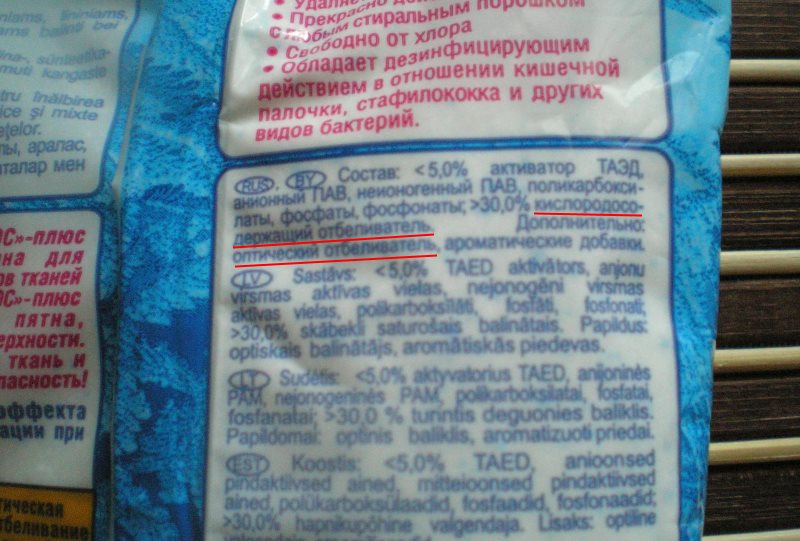
Among those sold in stores, choose oxygen-containing bleaches. They contain regular hydrogen peroxide, which successfully removes yellowness and gray tint. You can try more expensive optical brighteners. They are well suited for nylon, veil and organza, as they contain luminescent molecules that create a whitening effect on these transparent fabrics.
For traditional bleaching of curtains, you can use blueing, which will give the curtains a slight bluish tint and thus eliminate the grayness. When loading into the washing machine, add the usual amount of powder and 1-1.5 caps of blueing to the conditioner container. This bleaching will be fast, but it is quite difficult to find blueing in the store. The downside of the method is that if the blueing does not dissolve well, blue stains will remain on the fabric.
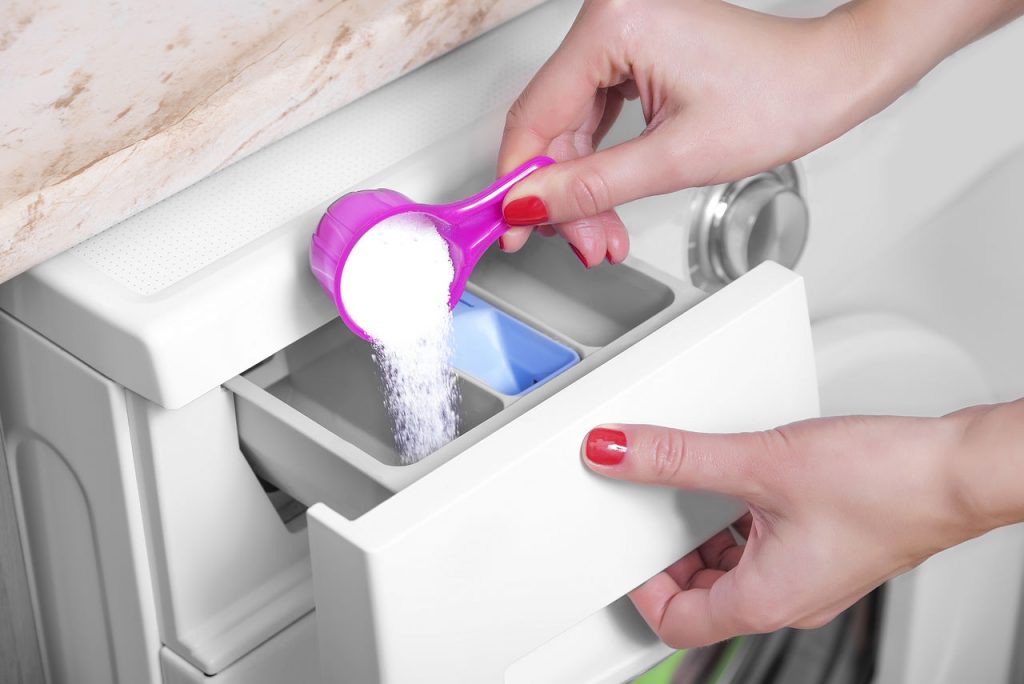
The choice of washing mode is important so as not to damage the material. If there is such a setting, then choose "delicate wash" or "silk". The "hand wash" mode at a temperature of 30 degrees is well suited, as well as "pre-wash". Thin fabrics are sent carefully folded and packed in a mesh bag.
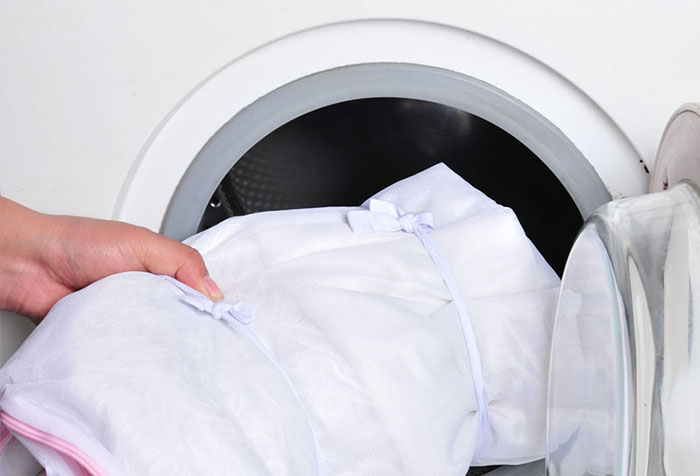
Instead of powder, it is better to use gel when washing. The "spin" mode should be turned off, otherwise the fabric will be very wrinkled, it will be very difficult to iron it.
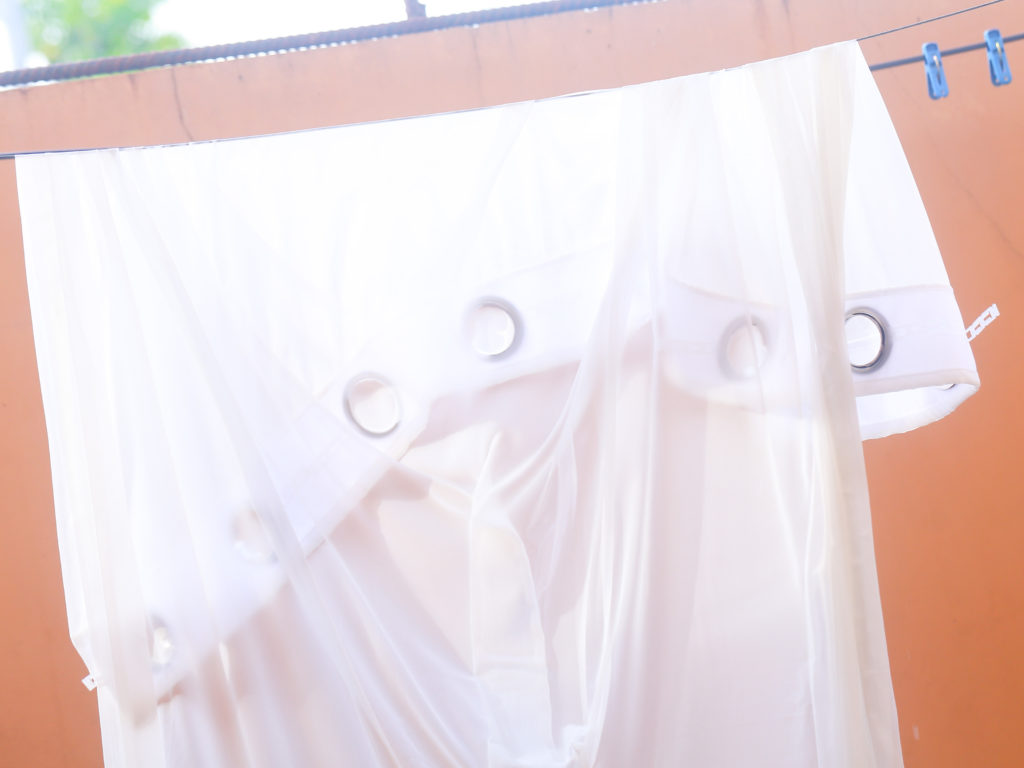
Useful tips for housewives
Among the lesser-known and popular tips for bleaching tulle, there are recommendations for boiling, but this method is not safe and reliable enough. It is much more important to shake out the textile thoroughly before soaking so that the accumulated dust does not get absorbed into the fibers. Then softer substances, such as starch, can also whiten the curtains.
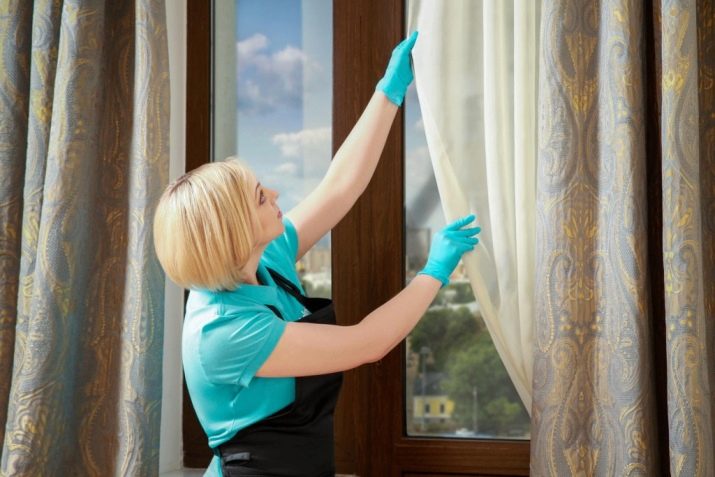
When bleaching, do not pour in too hot water, a maximum of 40 degrees is enough, optimally - 30-35. Hot water will not help wash away dirt, but will "seal" the stains. Organza especially does not like hot water and chemical bleaches. Do not wrinkle the fabric when washing and do not wring it out, so as not to create creases. After rinsing, the curtains can simply be hung and the water can drain.
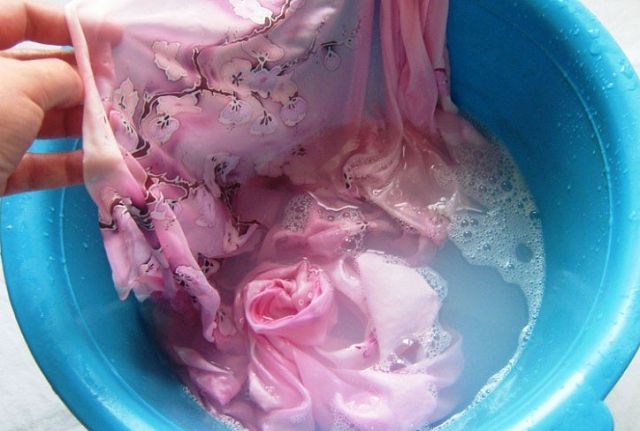
To give the textile a shine, add a tablespoon of vinegar to the water when rinsing. It will not only make the fabric shine, but also remove odors absorbed into the curtains. Ironing the tulle is not required. After the water has drained, the damp curtains are hung on the curtain rods. This way, they will straighten out under their own weight, and you will not have to wait for the curtains to dry.

